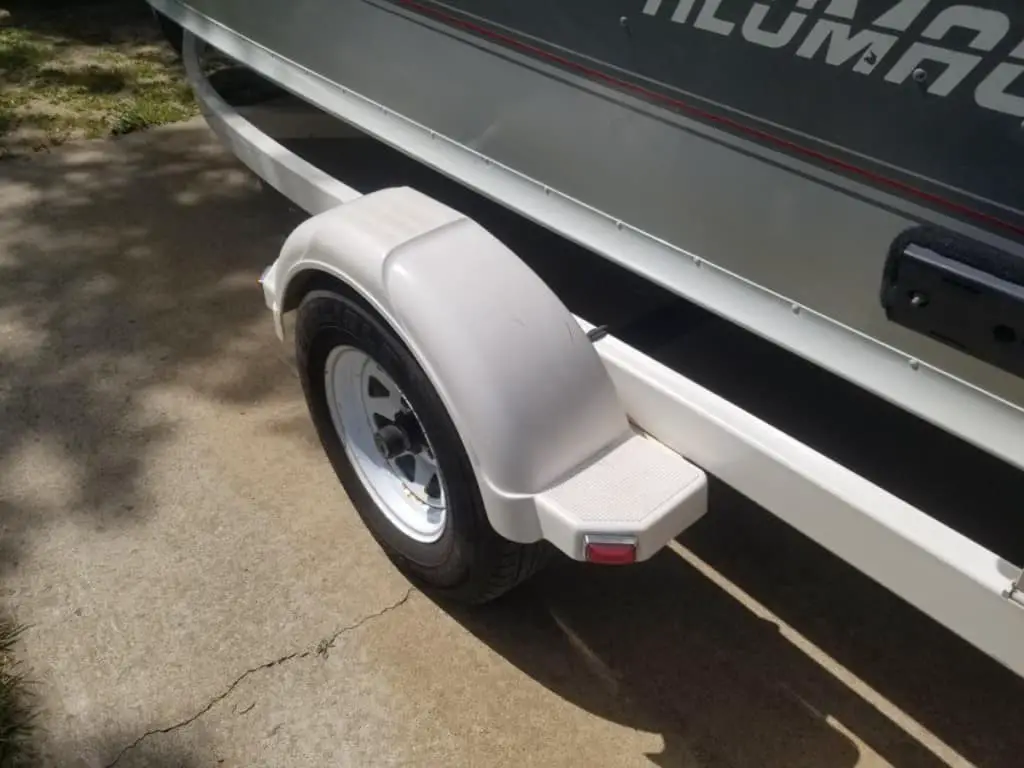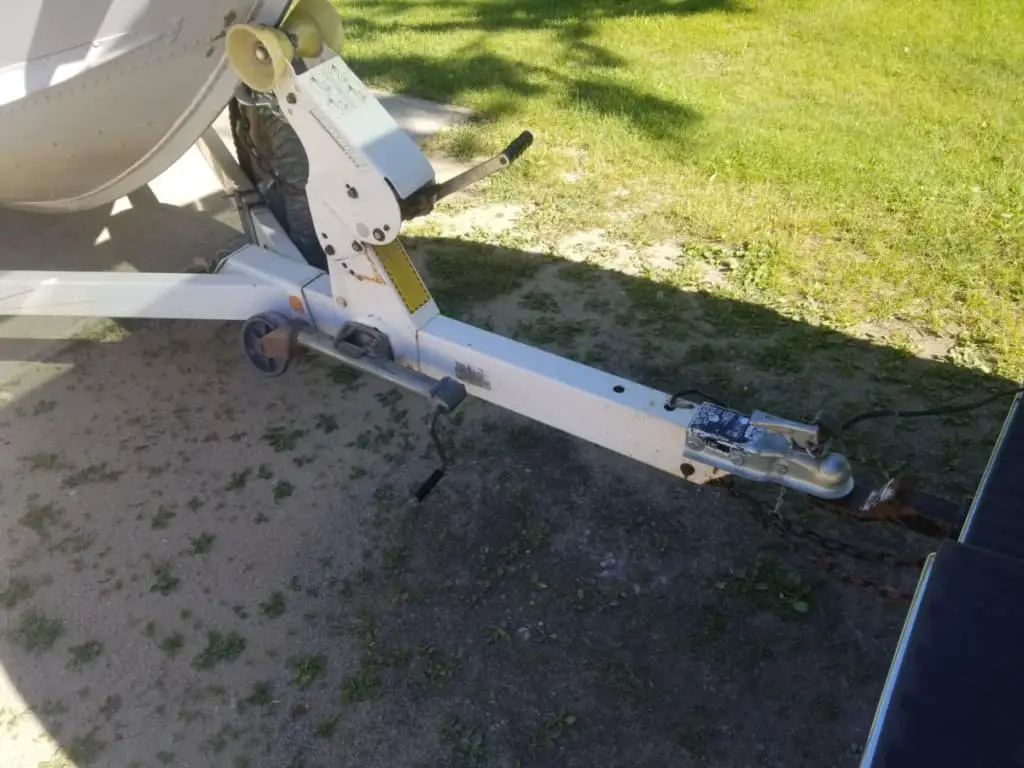If you’re the proud owner of a cuddy cabin boat or planning to buy one, you might be wondering whether your vehicle can tow it. Towing a cuddy cabin boat requires considering factors such as the boat’s weight, your vehicle’s towing capacity, and legal requirements. In this article, we’ll discuss these factors and help you determine if your vehicle can tow a cuddy cabin boat.
Understanding Boat Weight and Towing Capacity
Before you hitch up your boat to your vehicle, it’s crucial to understand the boat’s weight and your vehicle’s towing capacity.
- Boat weight: The weight of a cuddy cabin boat can vary significantly depending on the size and construction materials. Generally, cuddy cabin boats weigh between 2,000 and 4,500 pounds (with cruiser models exceeding 10,000 pounds). Make sure to consider the total weight of your boat, motor, trailer, and any additional gear or equipment. For a detailed article on cuddy cabin boat weights, check out my article here.
- Towing capacity: Your vehicle’s towing capacity is the maximum weight it can safely tow. This information can be found in your vehicle’s owner’s manual or on the manufacturer’s website.
To safely tow your cuddy cabin boat, ensure that the combined weight of the boat, trailer, and gear does not exceed your vehicle’s towing capacity.

Choosing the Right Tow Vehicle
If you’re unsure whether your current vehicle can tow your cuddy cabin boat, consider the following types of vehicles and their general towing capabilities:
- Crossovers and small SUVs: These vehicles often have a towing capacity ranging from 2,000 to 4,000 pounds, making them suitable for towing small to mid-sized cuddy cabin boats. Keep in mind, however, that you’re not only towing the cuddy cabin on the smooth roads. You’ll also need to back the cuddy cabin up on the boat ramp (on an incline) and into the water. You’ll need to make sure your vehicle is up to such a task.
- Full-size SUVs and Trucks: Full-size SUVs and trucks usually have higher towing capacities, from 5,000 to 12,000 pounds or more. These vehicles are well-suited for towing larger cuddy cabin boats.
Remember to consult your vehicle’s owner’s manual for the specific towing capacity, as it can vary even within the same vehicle class.
Preparing Your Vehicle for Towing
Before towing your cuddy cabin boat, it’s important to ensure your vehicle is properly equipped and prepared for the task. Consider the following preparations:
- Trailer hitch: Your vehicle should have a trailer hitch with the appropriate class rating for your boat’s weight. Common hitch classes include Class I (up to 2,000 pounds), Class II (up to 3,500 pounds), and Class III (up to 6,000 pounds). Consult your vehicle’s owner’s manual or a towing specialist to determine the appropriate hitch for your needs.
- Wiring: Ensure your vehicle has the correct wiring setup to connect with the boat trailer’s lights and signals.
- Towing mirrors: If your boat and trailer obstruct your rear view mirror, you may need to install towing mirrors which extend out further to maintain visibility while towing.
- Tires and brakes: Check your vehicle’s tires and brakes, as they will be under increased stress when towing — especially at the boat ramp itself. Ensure they are in good condition and properly inflated.

Staying Safe and Legal While Towing
Towing a cuddy cabin boat involves not only ensuring your vehicle can handle the task but also complying with legal requirements and prioritizing safety. Keep the following points in mind:
- Permits and Licenses: Some states and countries may require special permits or licenses for towing boats or over-sized loads. Check local and state regulations and obtain any necessary permits before towing your boat.
- Weight Distribution: Proper weight distribution is critical for safe towing. Make sure the weight of your boat, trailer, and gear is evenly distributed, and that the tongue weight (the downward force exerted on the hitch by the trailer) is within the recommended range for your vehicle and hitch. You can check out a hitch that offers a scale as well here on Amazon.
- Speed Limits and Driving Techniques: When towing a cuddy cabin boat, it’s important to drive cautiously and observe posted speed limits for towing. Allow for extra stopping distance, accelerate slowly, and avoid sudden lane changes. Be prepared for the effects of wind resistance and crosswinds, and make sure to take wider turns to account for the additional length of your boat and trailer.
- Boat and Trailer Security: Properly secure your boat to the trailer using straps, ropes, or chains, and ensure the boat’s weight is well-supported by the trailer’s bunks or rollers. Additionally, confirm that the trailer’s safety chains are attached to your vehicle and that the trailer’s coupler is securely fastened to the hitch ball.

Final Thoughts
Towing a cuddy cabin boat is possible with the right vehicle and proper preparation. By understanding your boat’s weight and your vehicle’s towing capacity, choosing the appropriate tow vehicle, and preparing your vehicle for towing, you can safely transport your cuddy cabin boat to your desired destination.
Before hitting the road, make sure to check local laws and regulations regarding towing, permits, and licenses. Always prioritize safety by ensuring proper weight distribution, driving cautiously, and securing your boat and trailer.
With careful planning and attention to detail, you can enjoy the freedom and flexibility of towing your cuddy cabin boat for memorable adventures on the water.
Happy boating out there!

